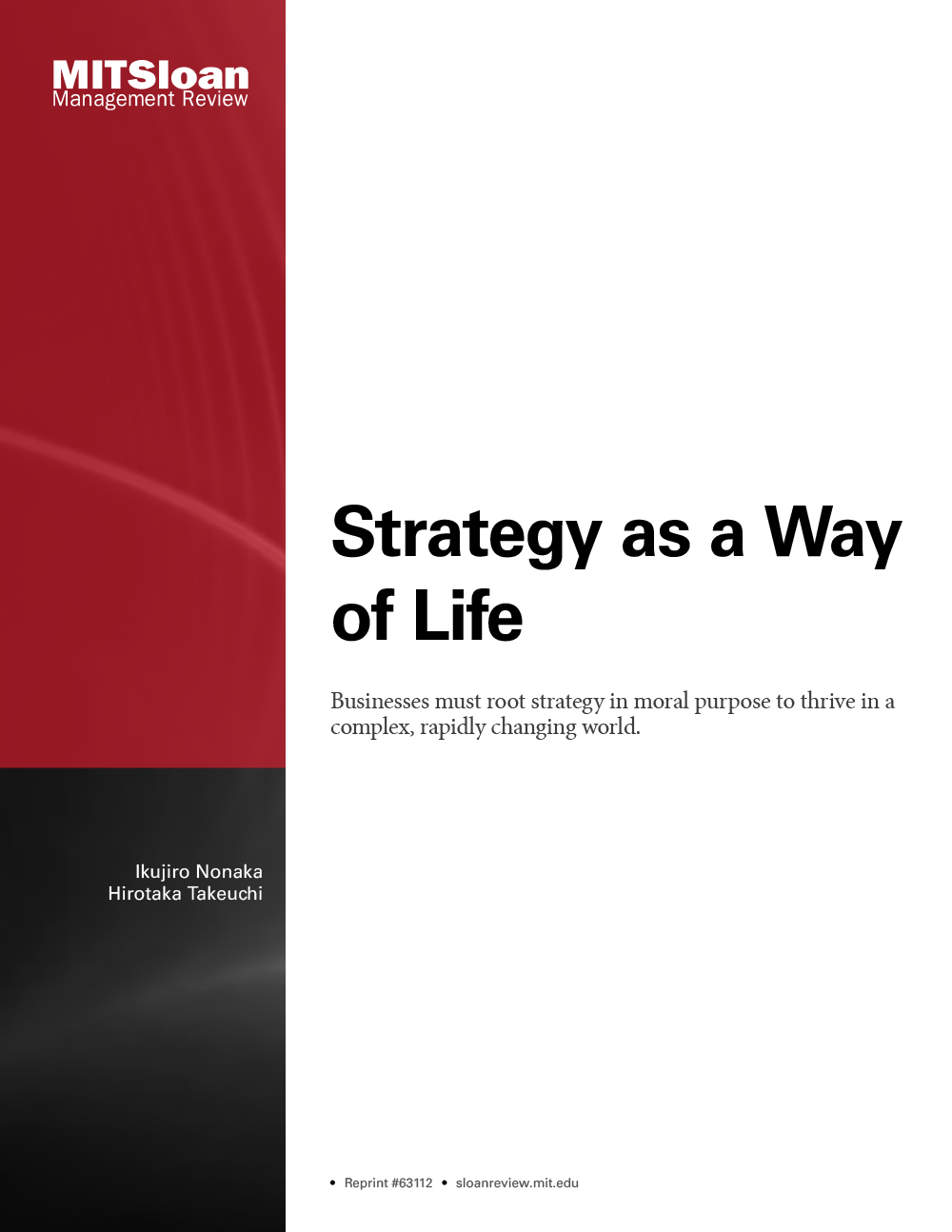
Choosing the Right Green-Marketing Strategy
Green marketing has not lived up to the hopes and dreams of many managers and activists. Although public opinion polls consistently show that consumers would prefer to choose a green product over one that is less friendly to the environment when all other things are equal, those "other things" are rarely equal in the minds of consumers. For example, when consumers are forced to make trade-offs between product attributes or helping the environment, the environment almost never wins. And hopes for green products also have been hurt by the perception that such products are of lower quality or don't really deliver on their environmental promises. And yet the news isn't all bad, as the growing number of people willing to pay a premium for green products -- from organic foods to energy-efficient appliances -- attests.
How, then, should companies handle the dilemmas associated with green marketing? They must always keep in mind that consumers are unlikely to compromise on traditional product attributes, such as convenience, availability, price, quality and performance. It's even more important to realize, however, that there is no single green-marketing strategy that is right for every company. The authors suggest that companies should follow one of four strategies, depending on market and competitive conditions, from the relatively passive and silent "lean green" approach to the more aggressive and visible "extreme green" approach -- with "defensive green" and "shaded green" in between. Managers who understand these strategies and the underlying reasoning behind them will be better prepared to help their companies benefit from an environmentally friendly approach to marketing.




